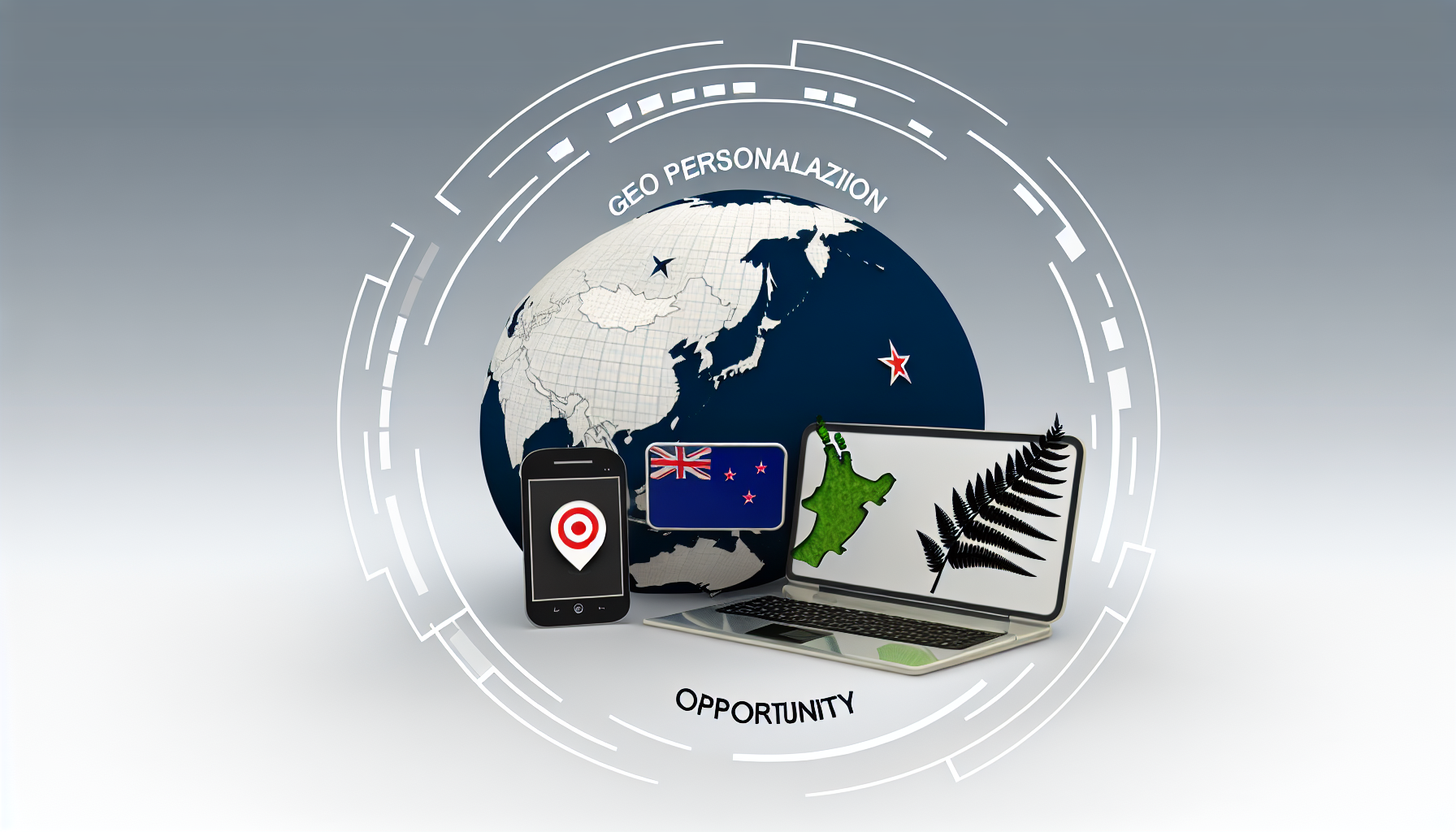Ever noticed how some websites just seem to “get” you? Like they already know you live in Auckland or Christchurch, and they show you stuff that actually makes sense for your location? That’s geo-personalisation in action. It’s basically digital tailoring – making online experiences more relevant based on where you are. And as a Kiwi homeowner, there are some helpful upsides to this little bit of tech magic.
Let’s cut to the chase – here’s what matters…
When a company uses your location to personalise what you see online, it’s not about spying or creeping around. It’s usually about making life easier. For example, say you’re googling “heat pumps” in winter. If you’re in Dunedin, you probably care more about heating power than if you’re in Northland. Smart retailers pick that up and tweak what they show you.
Think about how Mitre 10 displays stock online. Sometimes, they’ll show “Available in Your Local Store” or “Click & Collect at Mitre 10 Mega New Lynn.” That saves you driving across town only to find they don’t stock the model you want. Same goes for Bunnings – they often tie their promotions and availability to your preferred store. No fluff, just relevance.
It’s kind of like when you walk into your local coffee shop and they already know your usual order. That local knowledge can make things more comfortable, more efficient.
So, how can this help around the home?
Let’s say you’re planning some home renos in Wellington. If a site knows your location, it might suggest insulation that meets the local building code, or garden plants that’ll survive the local wind patterns. Hell, even the paint type might change depending on how much moisture your suburb gets.
Or you’re shopping for solar panels in Nelson – being one of the sunniest places in the country, you’ll likely see region-specific energy generation estimates and potential ROI calculators. It’s way better than some generic overseas guide that doesn’t apply down here.
By the way, tradie platforms are doing this too. Websites like Builderscrack and NoCowboys can show top-reviewed tradespeople who actually work in your post code. Say goodbye to calling ten plumbers only to find nine don’t serve your suburb.
Here’s what you should do…
Start paying attention to sites that ask to use your location. Don’t just click ‘deny’ – think about how it could help the experience. If you trust the brand (like Trade Me, The Warehouse, or Noel Leeming), letting the site know roughly where you are can improve what they offer you.
You might even want to double-check your browser settings to make sure your geo-details are set correctly. Sometimes you’re seeing offers for Hamilton when you live in Tauranga – that’s just wasted time.
Oh, and on your phone, apps like Countdown and New World let you search local specials – sometimes specific to your nearest branch. That’s geo-personalisation saving you a few bucks each week without lifting a finger.
Anyway, what’s the catch?
Some folks worry it’s too “Big Brother.” But there’s a difference between tailored info and dodgy data selling. Stick with trustworthy brands – ones that have privacy policies online (even better if it’s verified by the Privacy Commissioner). New Zealand has pretty solid privacy laws, so most big retailers are careful.
And remember, this stuff works both ways. If you’re selling your home or running an AirBnB, you can use geo-personalisation too. Think: local SEO for your property, or highlighting walks, cafes, or attractions that matter to guests hunting in your area.
In short – geo-personalisation isn’t just a fancy term websites throw around. For us Kiwi home owners, it can mean smarter shopping, better trades, and home updates that actually fit your environment. So yeah – next time a site asks to “use your location,” think about what you might gain from it.


Leave a Reply